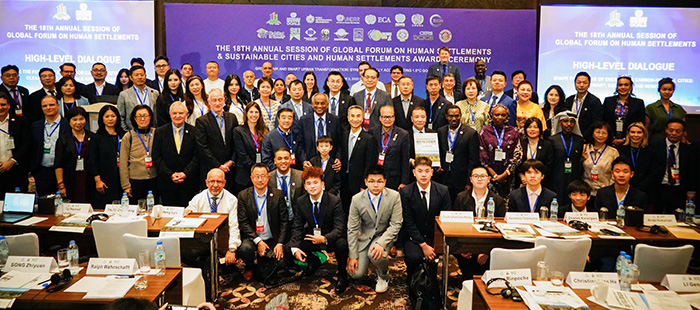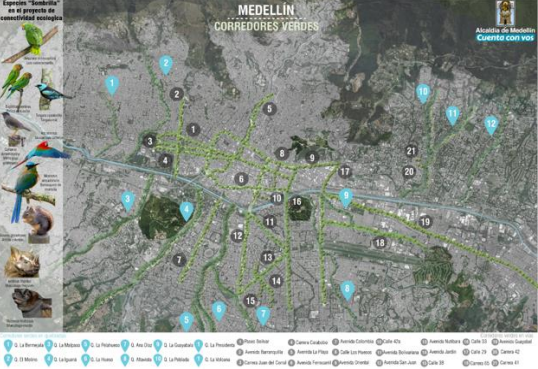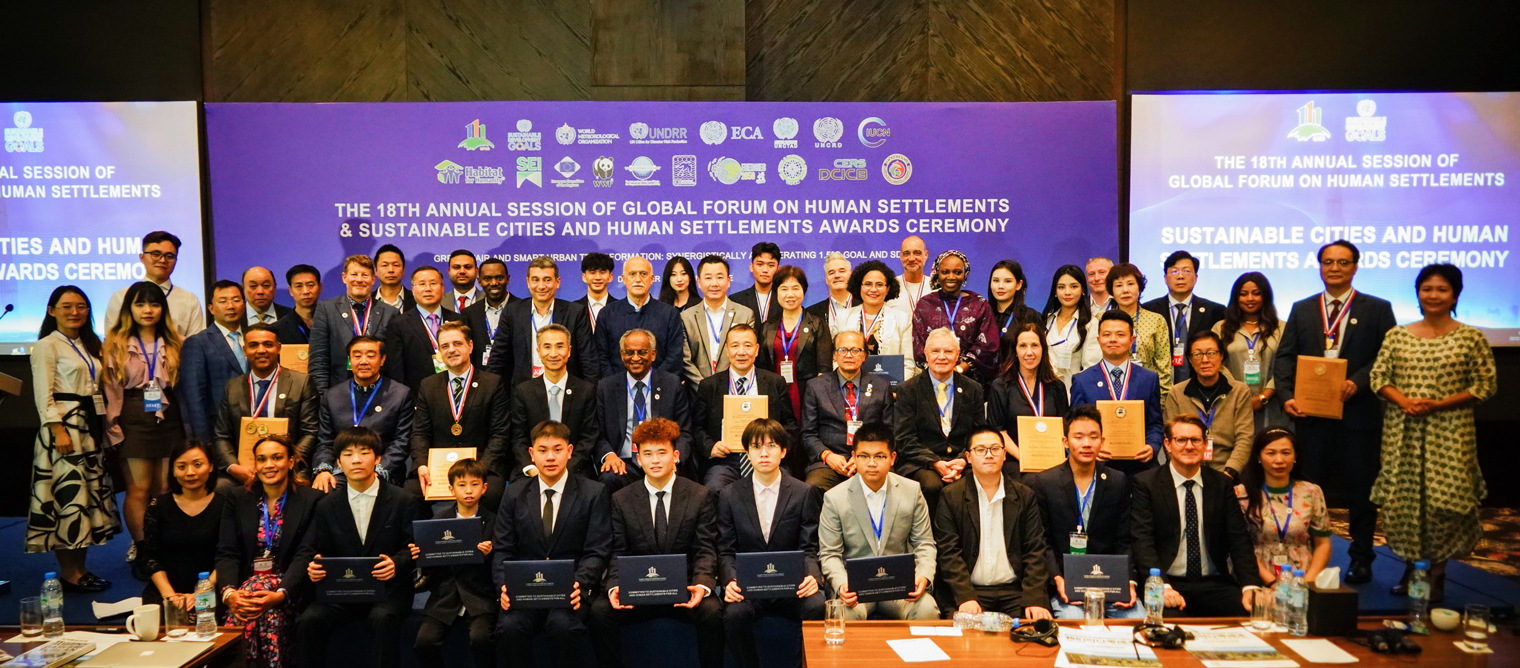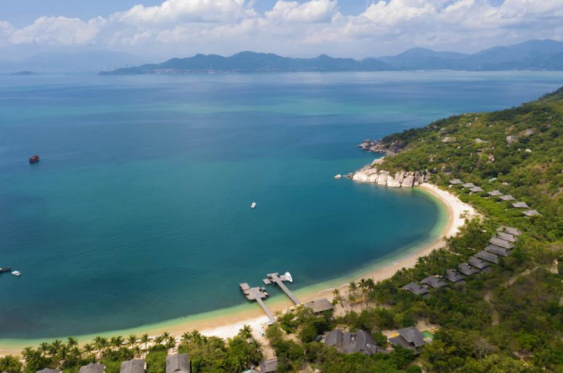Committed to Sustainable Cities and Human Settlements for All
In Special Consultative Status with ECOSOC
As an important part of COP28 and hailed as one of the most important conferences worldwide focusing on sustainable cities and human settlements, the 18th Annual Session of Global Forum on Human Settlements (GFHS 2023) was successfully held in Dubai on December 2-3, 2023, with the theme being “Green, Fair and Smart Urban Transformation: Synergistically Accelerating 1.5°C Goal and SDGs”.
The forum was covered by a number of mainstream media outlets around the world. Delegates had fruitful deliberations on 10 key issues, put forward scientific solutions and policy recommendations, reached a consensus on a set of useful and meaningful outcomes and recommended a group of outstanding sustainable development practices and innovations.
We, the participants of the 18th Annual Session of Global Forum on Human Settlements, acknowledge the issues and points recommended as follows, affirm the urgency of transformative action at local, national, reginal and global level, and send a resounding call for a green, fair and smart urban transition to maximize synergies in delivering the climate goal and the Sustainable Development Goals (SDGs).
1. Among the 193 nationally determined contributions (NDCs) that exist globally, 70 NDCs have little or no urban content and only a third of OECD countries mention the role of local authorities in their National Adaptation Plans (NAP) or National Adaptation Strategies (NAS). There is a missed opportunity to connect global climate commitments and national levers to local action and to harness the full benefits of the net zero transition. Subnational governments provide the missing link, because they are in a unique position to deliver climate action in a way that can deliver for all the SDGs.
2. We need to embrace a place-based approach to climate policy that works with and for our cities and regions, ensuring that national strategies on climate incorporate subnational plans, climate action is embedded in urban policy frameworks, and cities have the resources and powers to deliver more ambitious climate actions – including the ability to raise revenues and tap into innovative sources of climate finance to support needed investment.
3. When it comes to implementation of climate action, there cannot be silo-thinking. We cannot take care of the environment and forget social protection or local economies. There is no point in protecting climate with actions that are detrimental for biodiversity. We need one comprehensive and all-encompassing strategy for climate neutrality. This is why linking climate objectives and SDGs is absolutely crucial. It is now time to streamline the efforts at all level, starting from the global level, to promote a more forward-looking approach that really fosters implementation.
4. This is not about power games: this is about ensuring a liveable planet for our children and grandchildren. Rules need to be consulted with the ones implementing them to ensure they can actually work. And the climate change area is one where we cannot allow to fail. We need all hands on deck and all brains around the table to drive this complex transition. As local leaders we can lead the process.
5. When it comes to developing zero-carbon and zero-waste communities and cities, we need to move from a piecemeal approach to a comprehensive, multifaceted, and integrated thinking, and incorporate equity, circularity and sustainability in diverse urban systems, namely transport and mobility, building and construction, and industrial process. Resilient, inclusive, gender-responsive and environmentally-conscious planning and design helps make things right from the beginning, which should also be accompanied by effective implementation mechanism and monitoring and evaluation frameworks.
6. Local and regional governments have a fundamental role in making climate and energy policies a concrete reality. Their representatives possess a deep understanding of their unique challenges. They live and breathe the issues their
communities face, making them best equipped to propose and implement effective policies. Local and regional governments can develop solutions that are tailored to the specific needs of their territories. This flexibility is crucial because what works in one city or region may not be suitable for another.
7. City authorities can shape and accelerate the evolution of a renewable-based energy transition. They can be target setters, urban planners and regulators. They are often owners and operators of municipal buildings and public vehicle fleets. Cities can aggregate the energy demand, or function as financiers of renewable projects. They can also raise public awareness through local media or activities.
8. Cities can harness locally available renewable resources and technologies, including solar from rooftops, solar thermal and solar cooling systems, bioenergy, and direct use of geothermal. District heating and cooling networks may enable a larger deployment of low-temperature renewable sources (such as geothermal and solar thermal) and waste heat from industrial sources.
9. It is essential for cities to mainstream the use of renewable energy in industrial applications, especially in small and medium sized enterprises (SMEs), to enable access to renewables through mini-grids and distributed energy system and reduce dependence on fossil fuels, to foster innovation in renewable energy technologies, and to create business development opportunities, thereby elevating their competitiveness and sustainability.
Medellín's interconnected green corridors
22. Local governments need to underscore in policy and planning the need for a landscape-level vision involving a diverse portfolio of NbS actors and actions; recognize nature’s multiple benefits for sustainable urban policy, planning
One such issue is the destruction of natural habitats, which poses significant threat to local wildlife and ecosystems. As the number of endangered species continues to rise, the work undertaken to protect wildlife becomes increasingly crucial. The aspiration of Ninh Van Bay is to protect and preserve the local communities, culture, environments, and wildlife, which needs to be done this through a longterm, multi-disciplinary approach.
(More: sixsenses.com/NinhVanBay)














